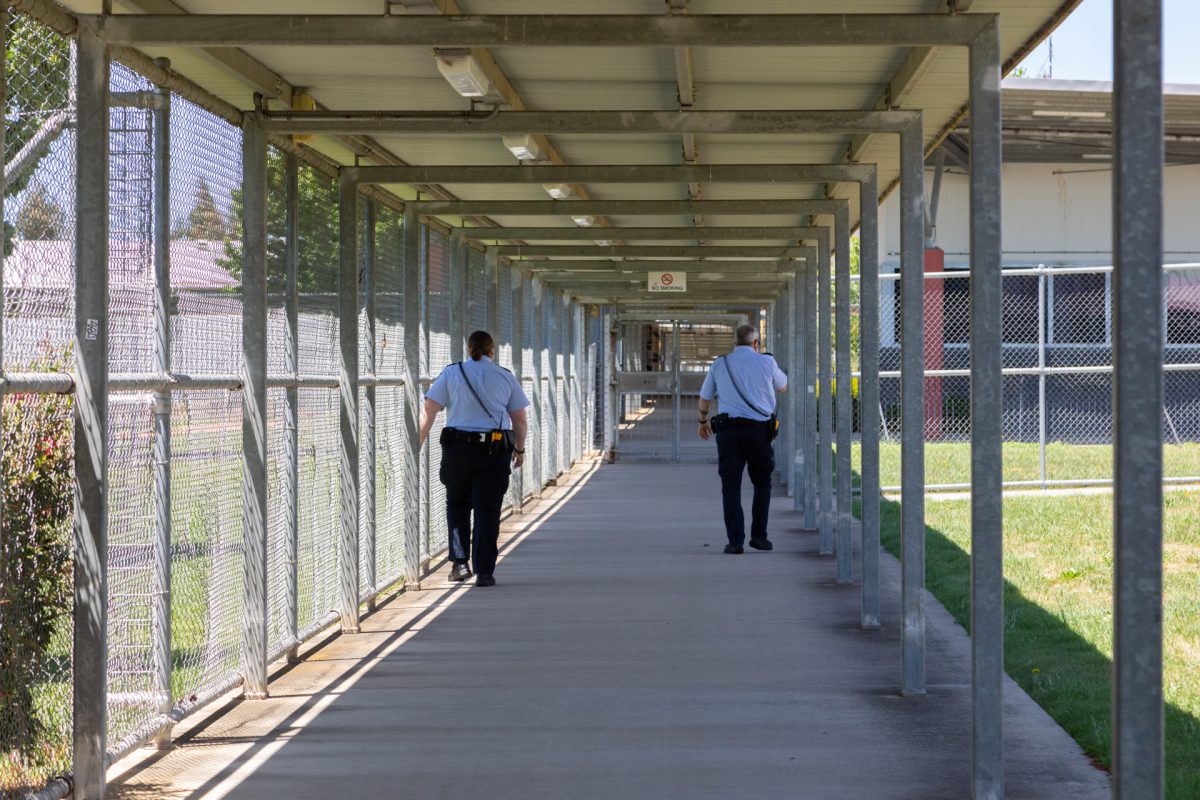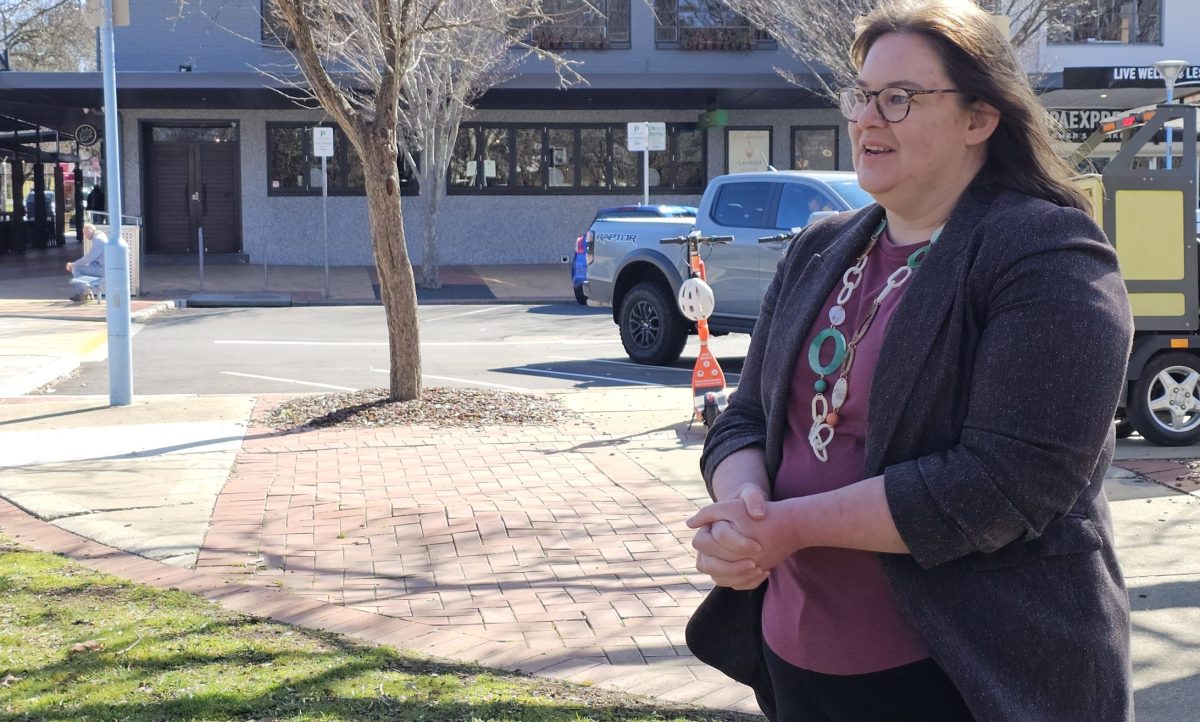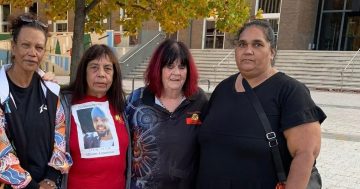
One-quarter of prisoners in the Alexander Maconochie Centre (AMC) are Indigenous. Photo: Michelle Kroll.
The ACT has the second-lowest imprisonment rate in Australia, yet it has the highest per capita Indigenous incarceration rate in the country, with First Nations people representing over a quarter of Canberra’s 400-plus prisoners.
The over-representation of Indigenous Australians in the criminal justice system has been examined in The Independent Review into the Over-Representation of First Nations People in the ACT Criminal Justice System.
The report, commissioned by the ACT Government two years ago from the University of Sydney’s Jumbunna Institute’s Law and Justice Hub, explored how government and society interacted with Indigenous Australians at almost every level, from policy to education to incarceration.
It made 99 recommendations to the ACT Government to reduce incarceration rates, ranging from establishing a First Nations-led justice body to more funding for flexible learning options at school.
Jumbunna Institute Criminology Professor Chris Cunneen described their work as a comprehensive blueprint for Canberra.
“Our report has practical recommendations for reform related to a range of matters involving child protection, youth justice, policing, bail, sentencing, the AMC [the Alexander Maconochie Centre ] and post-release support,” he said.
“The report also has proposals aimed at more structural issues, including addressing systemic racism and improving processes for First Nations decision-making and government accountability.”
The report was based on interviews with 175 people and 71 community organisations, legal services and government agencies. It concluded that both specific and systemic issues need attention to address the issue.
Attorney-General Tara Cheyne described the report as honest and critical but said the government needs time to consider recommendations in full.
“As Attorney-General, I take seriously the responsibility to lead reforms that uphold human rights, build public trust, and ensure better outcomes for First Nations people,” she said.
“I recognise this report lays bare that for change to occur, the recommendations need to be considered in totality and through their interconnectedness, and all parts and levels of government need to share a commitment to achieving better outcomes.”
The report’s 99 recommendations were broken down across 10 areas:
- Decision making, accountability, and coordination
- Systemic racism
- Education
- Child protection
- Youth justice
- Policing
- Bail
- Courts and sentencing
- Imprisonment and the AMC, and
- Parole, reintegration, post-release supervision and support.
One of the key areas the report focused on was the role of long-term systemic racism both in the justice system and in day-to-day life.
Some interviewees reported feeling targeted by police and that there would be repercussions for making complaints.
Others felt there were disproportionate responses towards Indigenous children at school and in care. The report described the latter as care-criminalisation, where children in residential care are more likely to come to the attention of the police.
The report said this created a pipeline from the care system to the prison system.

Minister Suzanne Orr admits there are no easy answers as she addresses the press about the Jumbunna report. Photo: Nicholas Ward.
Indigenous Affairs Minister Suzanne Orr said incarceration rates were a complex issue to unravel with a long history.
“Certainly, in addressing systemic racism, it is something for all of our community. It’s something we all need to be aware of and conscious of, so that we don’t let it creep in and pervade our community.”
“These questions, these matters before us, they’re complex. There’s no easy answer or straightforward answer, and it’s something that we have to continue to work towards understanding, and as we get a deeper understanding and a better understanding, we’ll continue to see improvements.”
Like the Attorney General, she said that the government needed time to consider the full report.
The report itself acknowledged that over-representation is a complex issue and that decisions made across multiple areas of government result in cumulative intergenerational impacts.
While the authors describe the report as a blueprint for progress, they concluded their far-ranging recommendations with a stark warning about past reform efforts.
“One of the greatest dangers facing our Review is that the government agencies will continue to reproduce a siloed effect by only reading the sections of the report they think applies to them, without seeing the totality and interconnectedness for change that is required,” the report stated.
“As we have frequently observed, government agencies can tend to take a minimalist approach to implementation, which allows for business as usual and undermines achieving real change.”
The ACT Government is expected to deliver a response in September. The full report is available from the ACT Government.

















